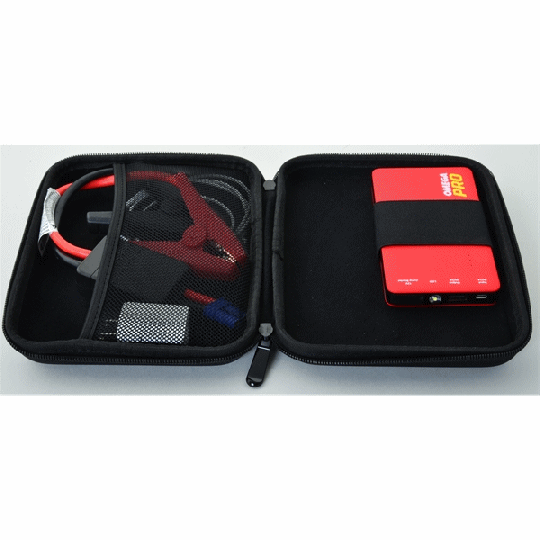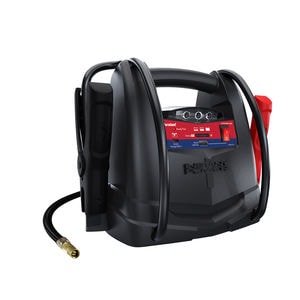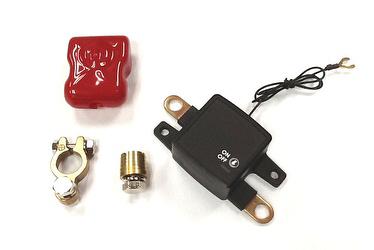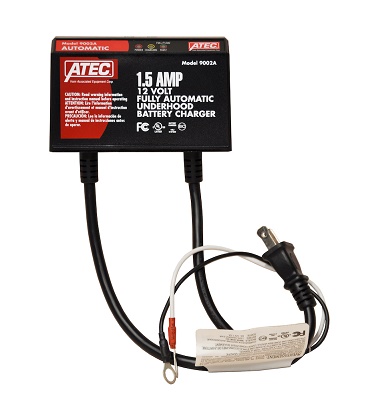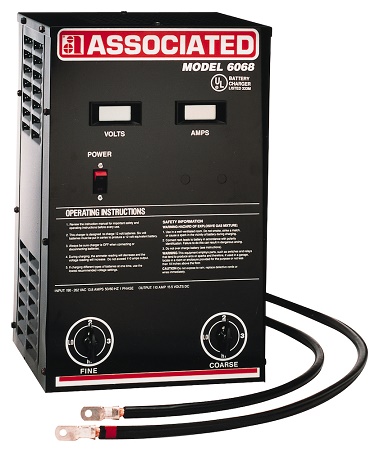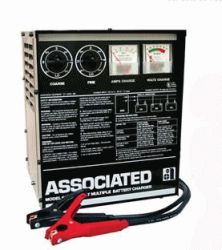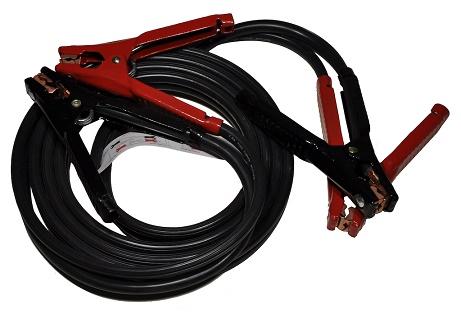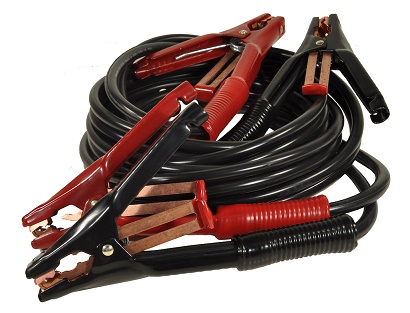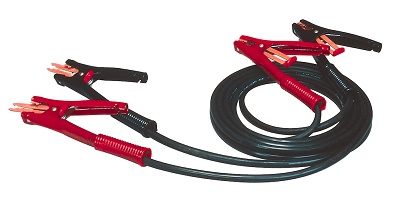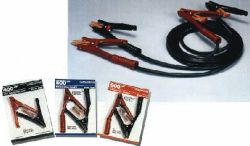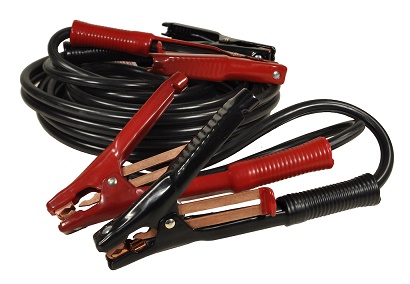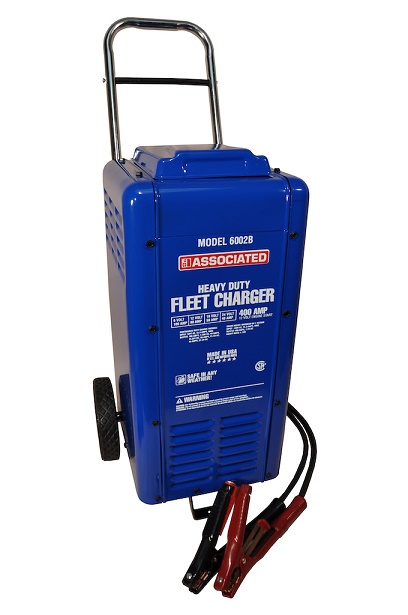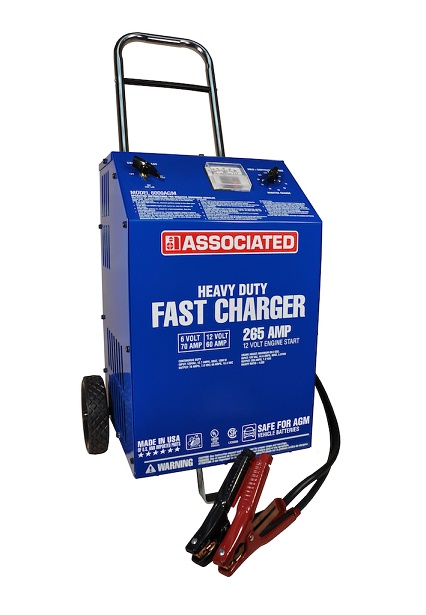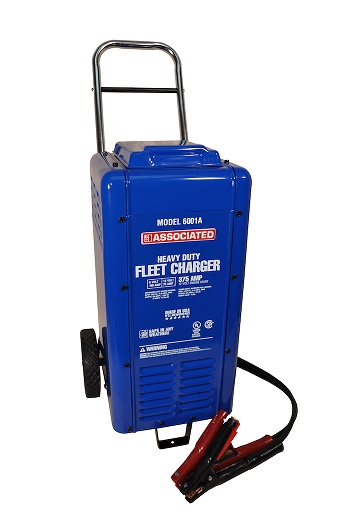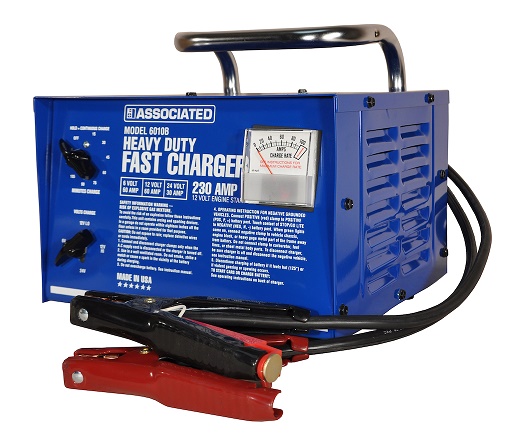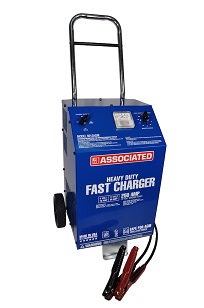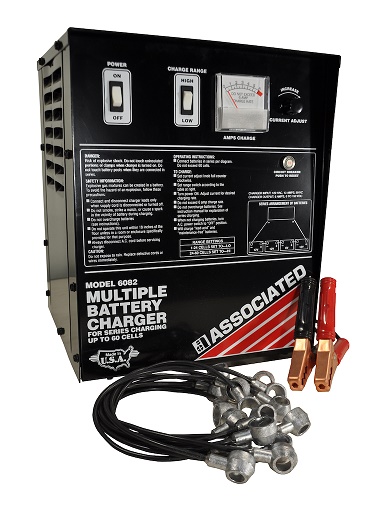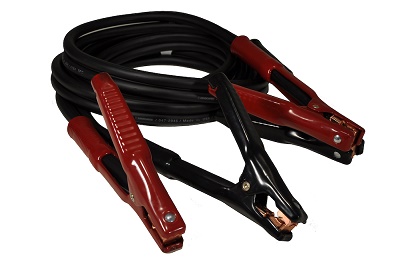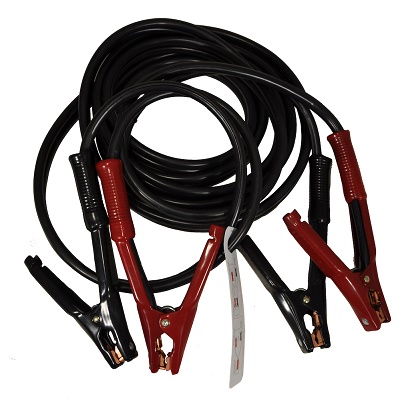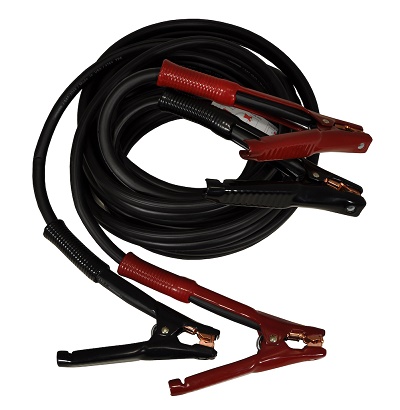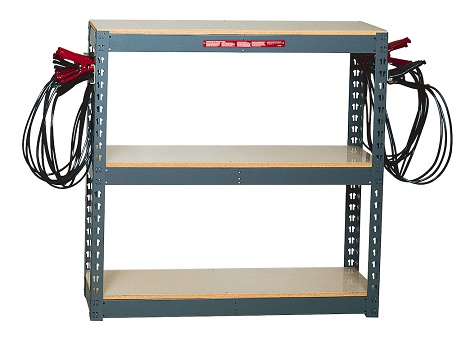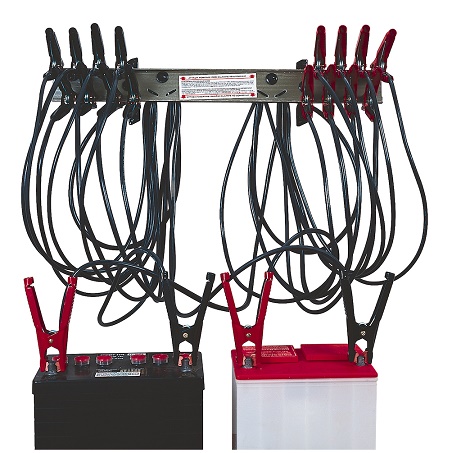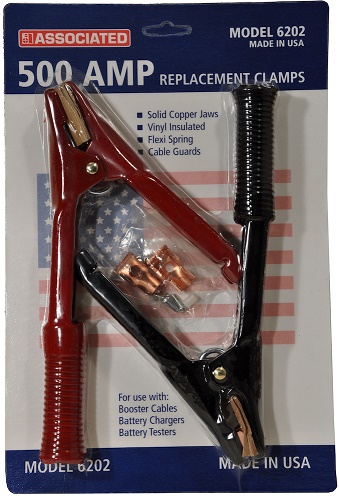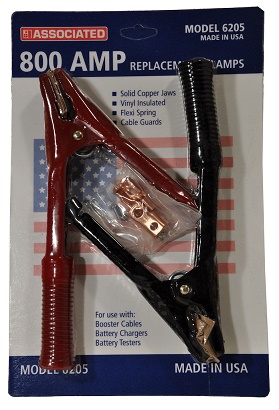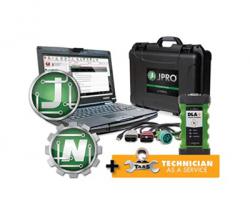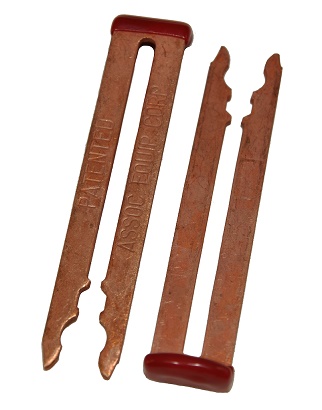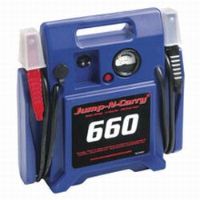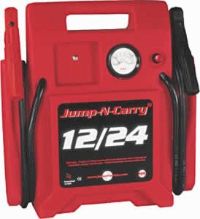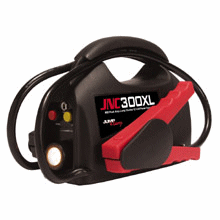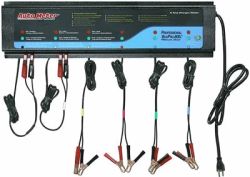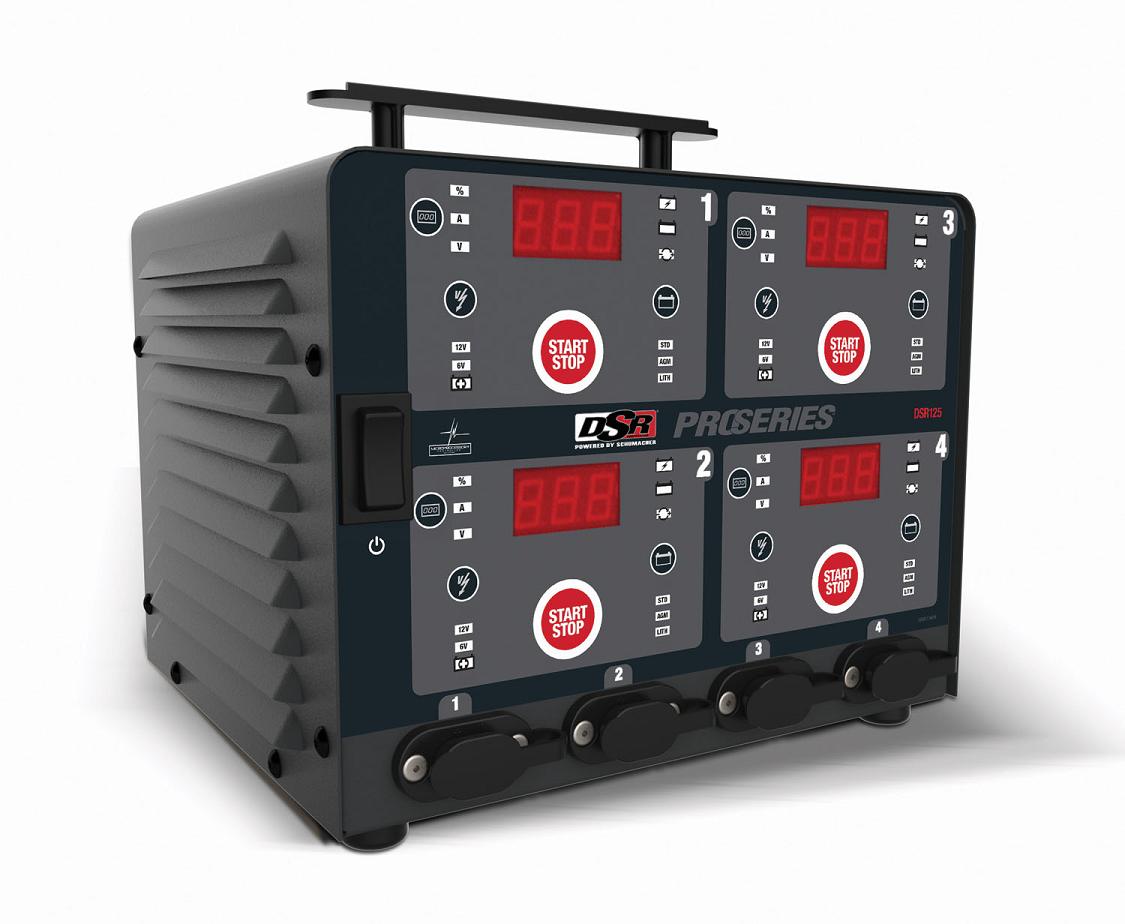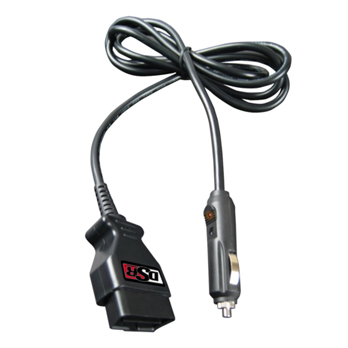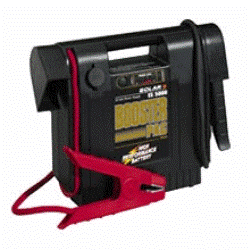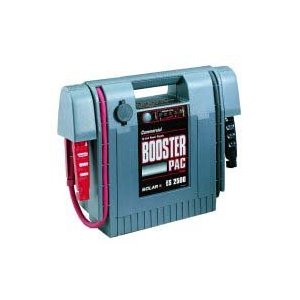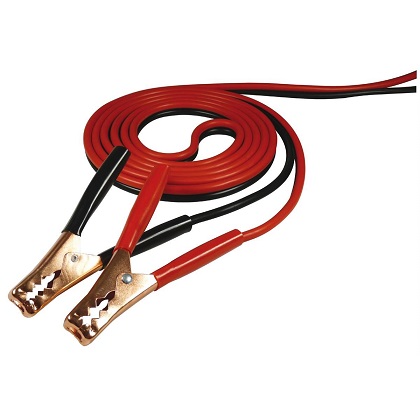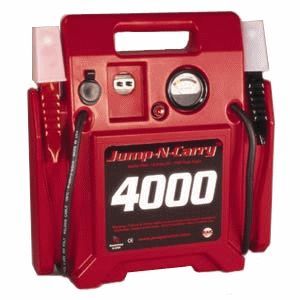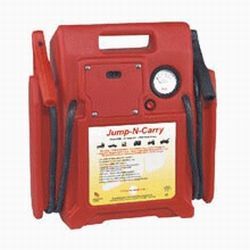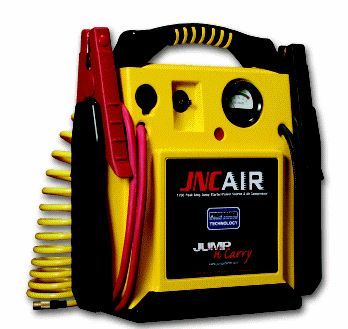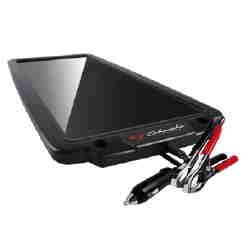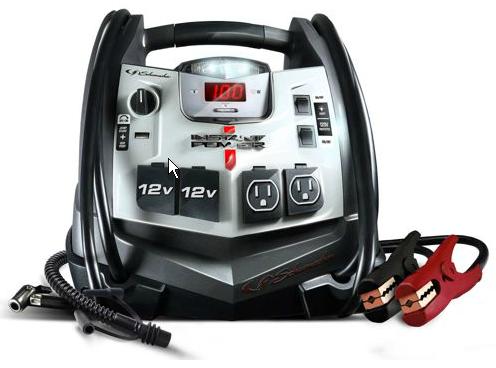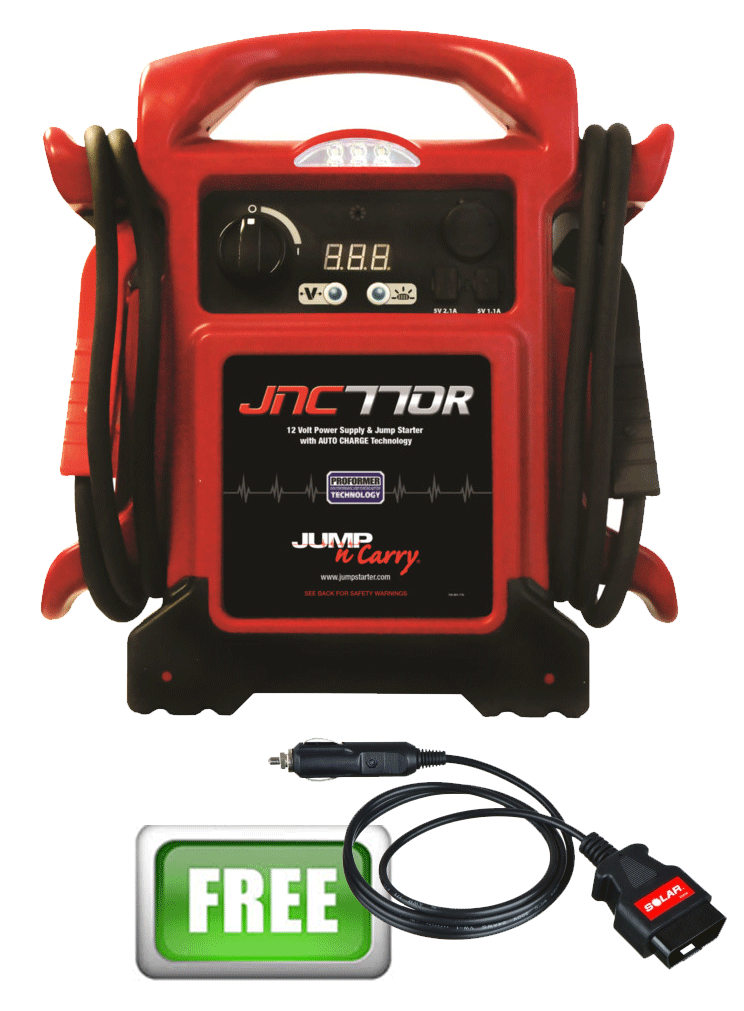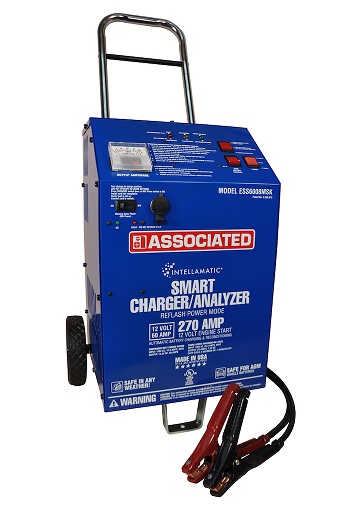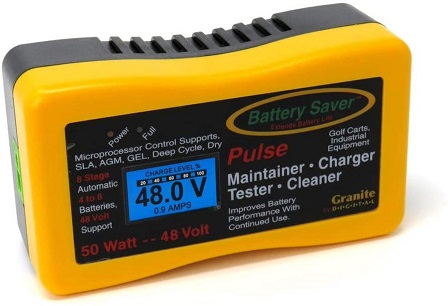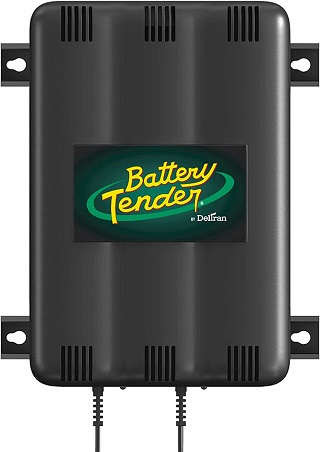Truck & Car Battery Chargers / Booster Cables
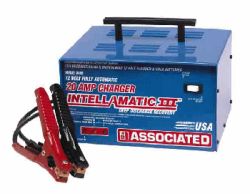 |
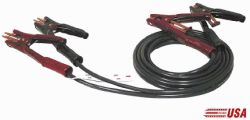 |
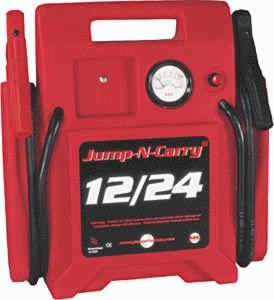 |
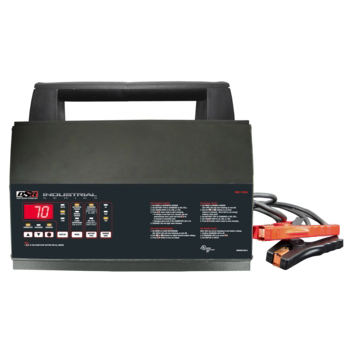 |
Battery Chargers & Booster Cables |
|||
Keywords: quick, online, cheap, mobile, sealed, lead, multibay, industrial, intelligent, lead acid, automatic, digital, acid, trickle charger, automotive, golf, marine, 12 Volt, 24 volt, 36 volt, DC, AC, Motorcycle, Battery Charger, Scooter Battery Charger, Car Battery Charger, Sealed Gel Types, Jumper Cable, Booster Cables, car, fleet, assemblies, emergency, duty, wires
The following excerpts shown below are taken from Wikipedia.com:
Internal combustion engine vehicles, such as boats, RVs, ATVs, motorcycles, cars, trucks, and more use lead acid batteries. These batteries employ a sulfuric acid electrolyte and can generally be charged and discharged without exhibiting memory effect, though sulfation (a chemical reaction in the battery which deposits a layer of sulfates on the lead) will occur over time. Keeping the electrolyte level in the recommended range is necessary. When discharged, these batteries should be recharged immediately in order to prevent sulfation. These sulfates are electrically insulating and therefore interfere with the transfer of charge from the sulfuric acid to the lead, resulting in a lower maximum current than can be drawn from the battery. Sulfated lead acid batteries typically need replacing. Good ventilation and avoidance of ignition sources (e.g., sparks) is wise when recharging, since charging a lead acid battery generates highly explosive hydrogen gas.
Simple
A simple charger works by supplying a constant DC power source to a battery being charged. The simple charger does not alter its output based on time or the charge on the battery. This simplicity means that a simple charger is inexpensive, but there is a tradeoff in quality. Typically, a simple charger takes longer to charge a battery to prevent severe over-charging. Even so, a battery left in a simple charger for too long will be weakened or destroyed due to over-charging. These chargers can supply either a constant voltage or a constant current to the battery.
Trickle
Main article: trickle charging
A trickle charger is a kind of simple charger that charges the battery slowly, at the self-discharge rate. A trickle charger is the slowest kind of battery charger. A battery can be left in a trickle charger indefinitely. Leaving a battery in a trickle charger keeps the battery "topped up" but never over-charges.
Pulse
Some chargers use pulse technology in which a pulse is fed to the battery. This DC pulse has a strictly controlled rise time, pulse width, pulse repetition rate (frequency) and amplitude. This technology is said to work with any size, voltage, capacity or chemistry of batteries, including automotive and valve-regulated batteries.[2] With pulse charging, high instantaneous voltages can be applied without overheating the battery. In a Lead-acid battery, this breaks down lead-sulfate crystals, thus greatly extending the battery service life.[3]
Several kinds of pulse charging are patented.[4][5][6] Others are open source hardware.[7]
Some chargers use pulses to check the current battery state when the charger is first connected, then use constant current charging during fast charging, then use pulse charging as a kind of trickle charging to maintain the charge.[8]
Some chargers use "negative pulse charging", also called "reflex charging" or "burp charging".[9] Such chargers use both positive and brief negative current pulses. Such chargers don't work any better than pulse chargers that only use positive pulses.
Intelligent
Output current depends upon the battery's state. An intelligent charger may monitor the battery's voltage, temperature and/or time under charge to determine the optimum charge current at that instant. Charging is terminated when a combination of the voltage, temperature and/or time indicates that the battery is fully charged.
For Ni-Cd and NiMH batteries, the voltage across the battery increases slowly during the charging process, until the battery is fully charged. After that, the voltage decreases, which indicates to an intelligent charger that the battery is fully charged. Such chargers are often labeled as a ΔV, "delta-V," or sometimes "delta peak", charger, indicating that they monitor the voltage change.
The problem is, the magnitude of "delta-V" can become very small or even non-existent if (very) high capacity rechargeable batteries are recharged. This can cause even an intelligent battery charger to not sense that the batteries are actually already fully charged, and continue charging. Overcharging of the batteries will result in some cases. However, many so called intelligent chargers employ a combination of cut off systems, which should prevent overcharging in the vast majority of cases.
A typical intelligent charger fast-charges a battery up to about 85% of its maximum capacity in less than an hour, then switches to trickle charging, which takes several hours to top off the battery to its full capacity.[1]
Jump Start
A jump start, also called a boost, is a method of starting an automobile or other vehicle powered by an internal combustion engine when the vehicle's battery has been discharged. A second battery (often in another vehicle) is temporarily connected to provide starting power to the disabled vehicle. Once the disabled vehicle's engine is running, its alternator or generator should recharge the dead battery, so the second battery can now be disconnected.
Most passenger vehicles use a 12-volt car battery that provides power to a starting electric motor for the engine. When the engine is running, electrical power from its alternator restores the charge to the battery in preparation for the next start. When a battery is discharged, as for example by headlights left on while the engine is off, the car's engine will not "turn over" when the ignition key is turned and the vehicle will not start.
Gel Battery
A gel battery (also known as a "gel cell") is a VRLA battery with a gelified electrolyte; the sulfuric acid is mixed with silica fume, which makes the resulting mass gel-like and immobile. Unlike a flooded wet-cell lead-acid battery, these batteries do not need to be kept upright. Gel batteries reduce the electrolyte evaporation, spillage (and subsequent corrosion issues) common to the wet-cell battery, and boast greater resistance to extreme temperatures, shock, and vibration. Chemically they are the same as wet (non-sealed) batteries except that the antimony in the lead plates is replaced by calcium.
Many modern motorcycles on the market utilize AGM or factory-sealed AGM batteries for the combined benefits of reduced likelihood of acid spilling during accidents, and for packaging reasons (lighter, smaller battery to do the same job; the battery can be installed at an odd angle if needed for the design of the motorcycle).
Due to the higher manufacturing costs compared with flooded lead-acid batteries, AGM batteries are currently used on premium vehicles. As vehicles become heavier and equipped with more electronic devices such as navigation, stability control, and premium stereos, AGM batteries are being employed to lower vehicle weight and provide better electrical reliability compared with flooded lead-acid batteries.
New 5 series BMWs from March 2007 incorporate AGM batteries in conjunction with devices for recovering brake energy using regenerative braking and computer control to ensure the alternator charges the battery when the car is decelerating. Vehicles used in auto racing may use AGM batteries due to their vibration resistance.


 Cart
Cart


